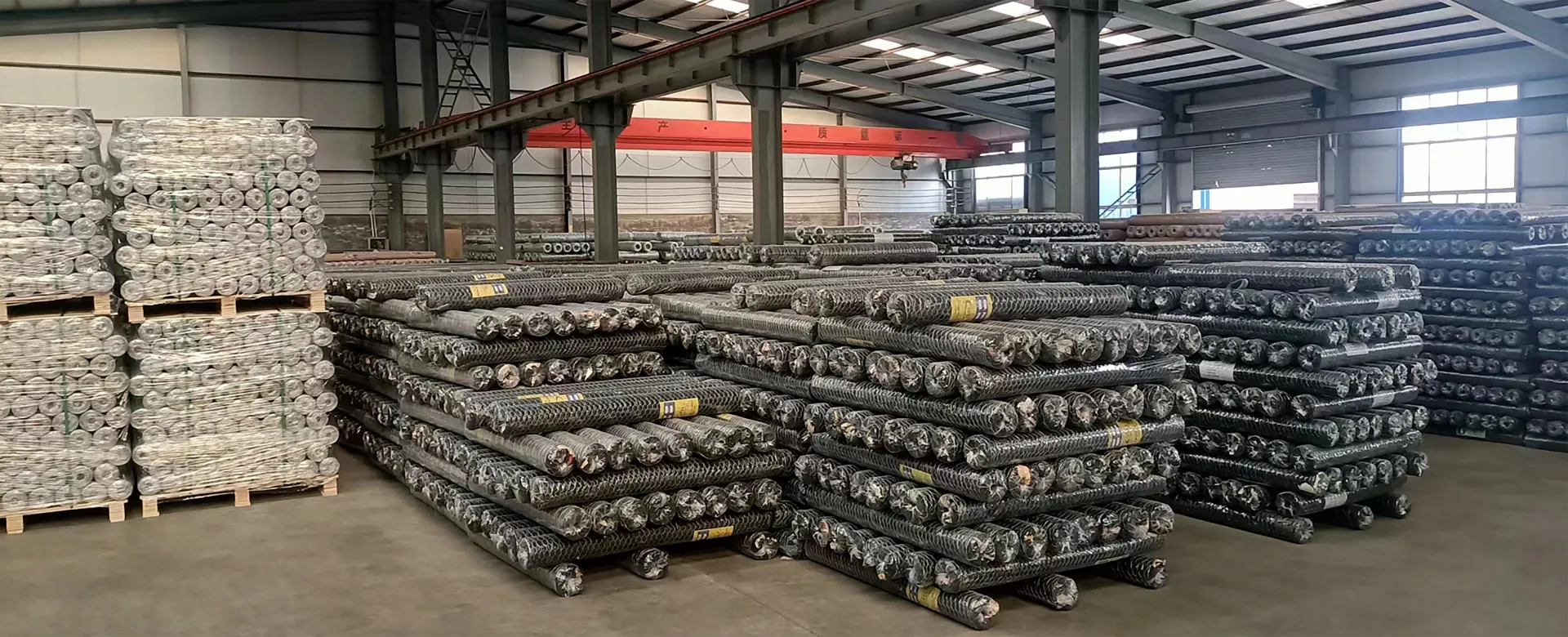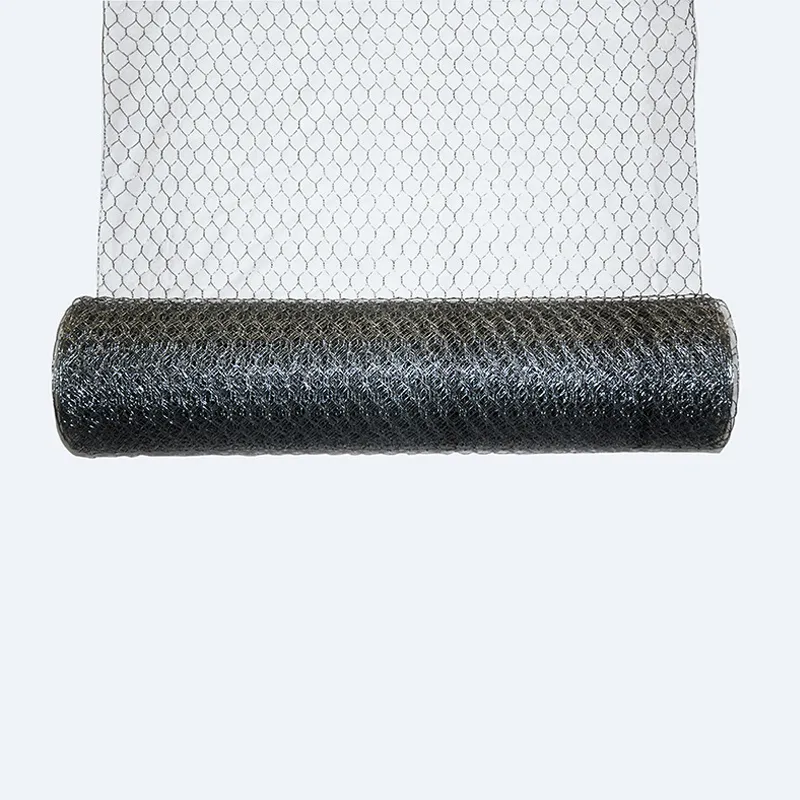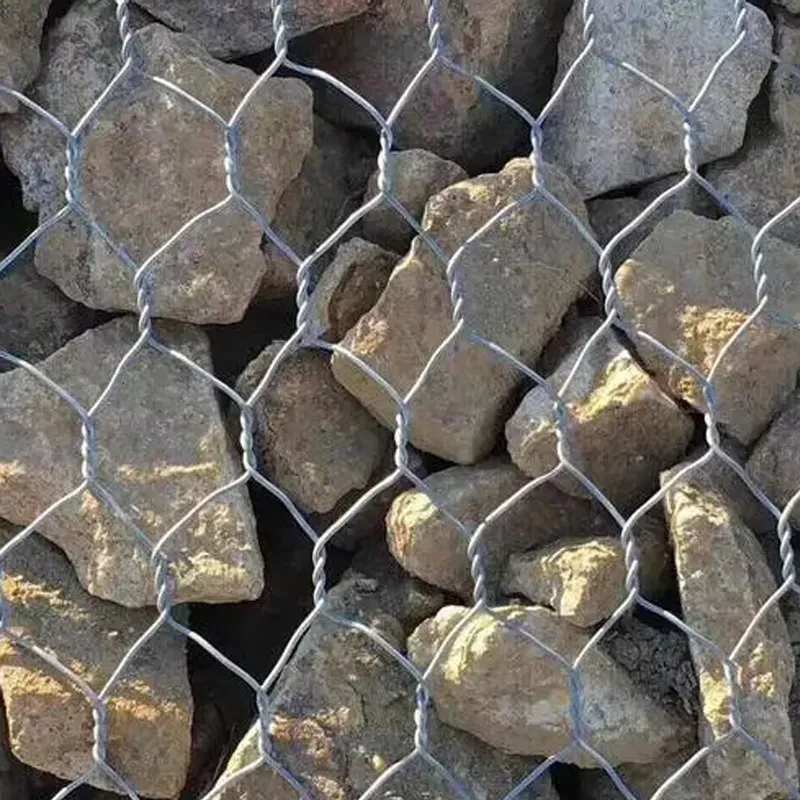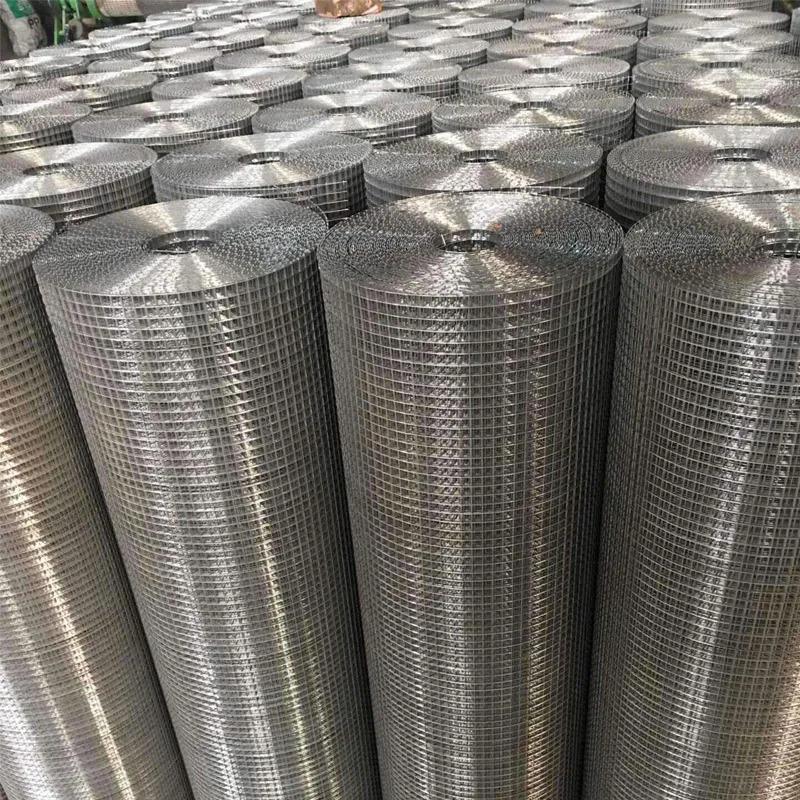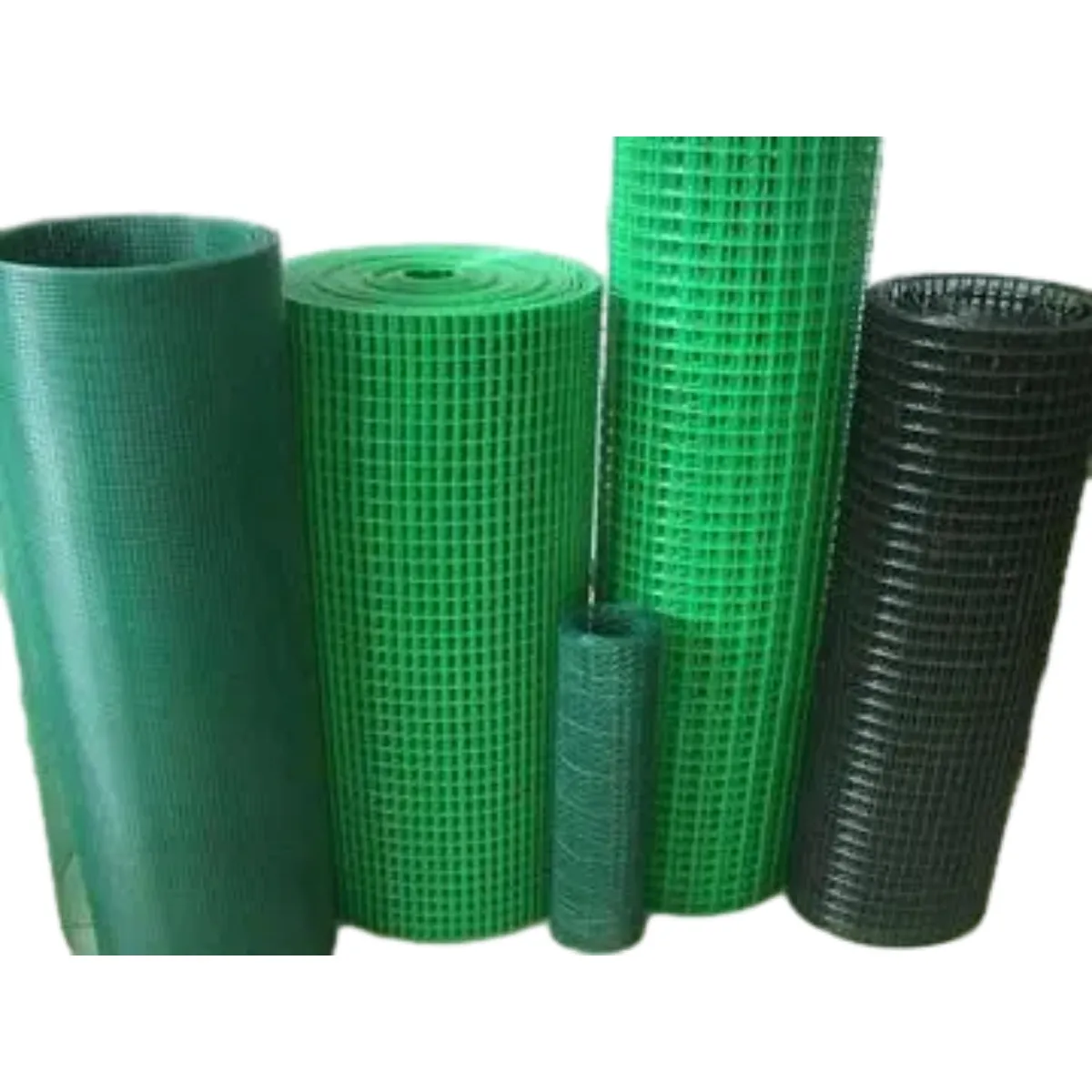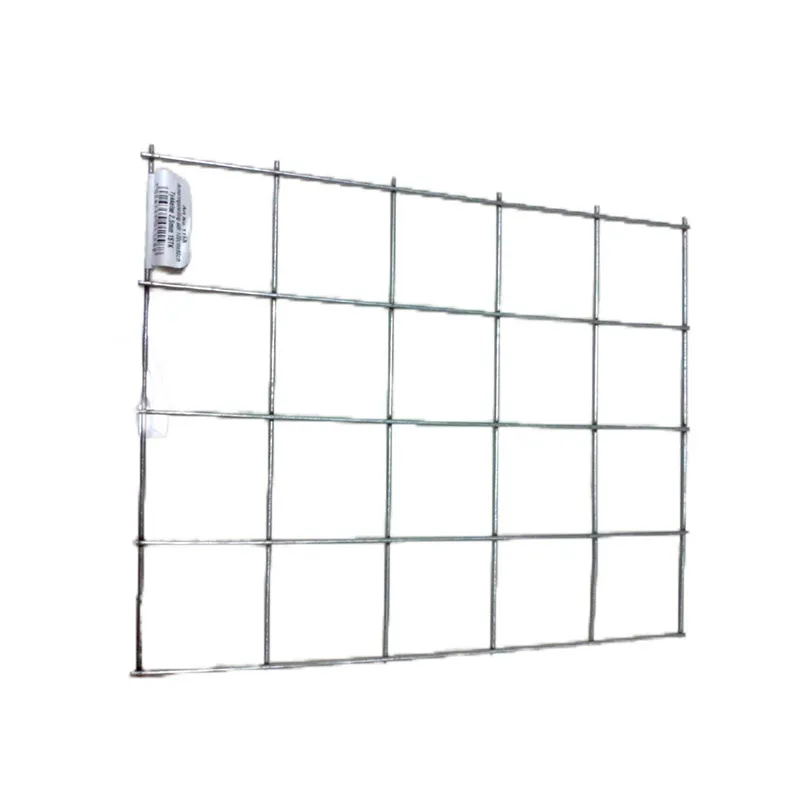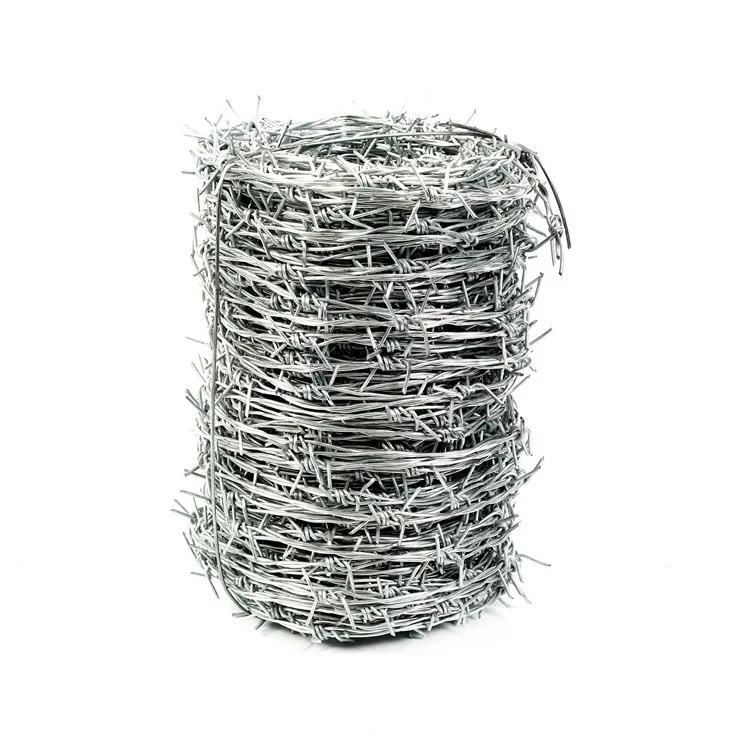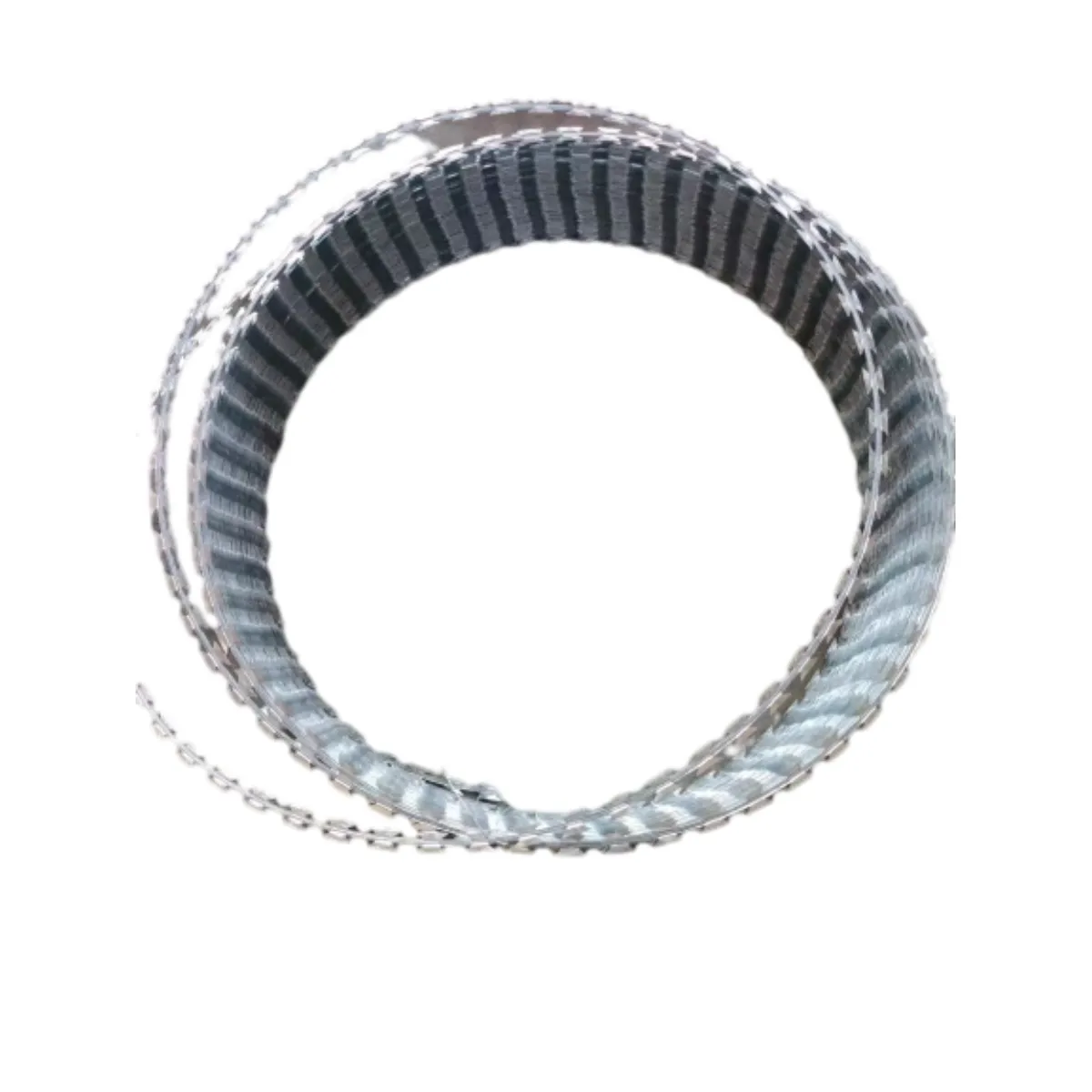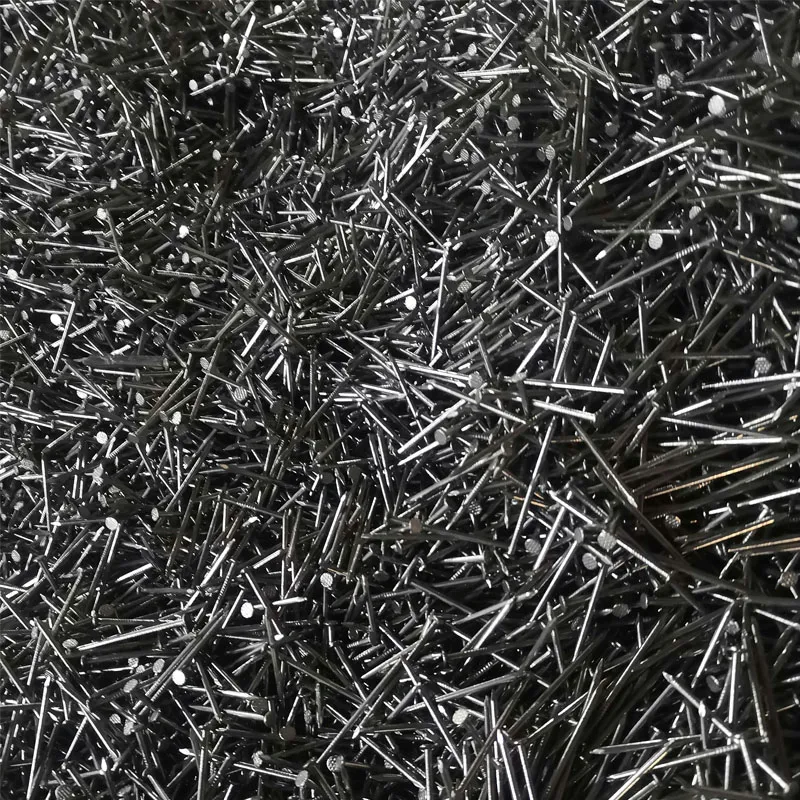Jul . 30, 2024 21:41 Back to list
Exploring the Benefits and Applications of Field Wire Fencing for Livestock Management and Property Protection
The Importance of Field Wire Fences A Comprehensive Overview
Field wire fences have become an essential component in modern agriculture and land management, providing a versatile solution for enclosing, protecting, and managing livestock and crops. These fences are typically made from high-tensile steel wire that is woven together to create a sturdy barrier, making them ideal for a variety of applications—from agricultural to recreational uses.
Structure and Design
Field wire fences come in various designs and sizes, tailored to meet specific needs. The common configuration includes vertical wires anchored by horizontal strands, creating a sturdy mesh that can deter animals from escaping or intruding. The height, spacing, and gauge of the wire can be adjusted depending on the intended use, whether it's for containing cattle, sheep, or even smaller animals like goats and poultry. This adaptability makes field wire fences a preferred choice among farmers and ranchers.
Agricultural Benefits
One of the primary benefits of field wire fences is their role in livestock management. They provide a physical barrier that keeps animals contained within a designated area, preventing them from straying into dangerous territories or onto roadways. This not only ensures the safety of the animals but also protects crops from being damaged by livestock. Additionally, field wire fences can be used to segment pastures, allowing farmers to rotate grazing areas. This rotational grazing can lead to healthier pastures and improved soil health.
Another advantage is that field wire fences require relatively low maintenance compared to other fencing options. With durable materials, they are less likely to warp or rot, meaning farmers can invest in a long-lasting solution that won't require frequent replacements or extensive upkeep.
field wire fence
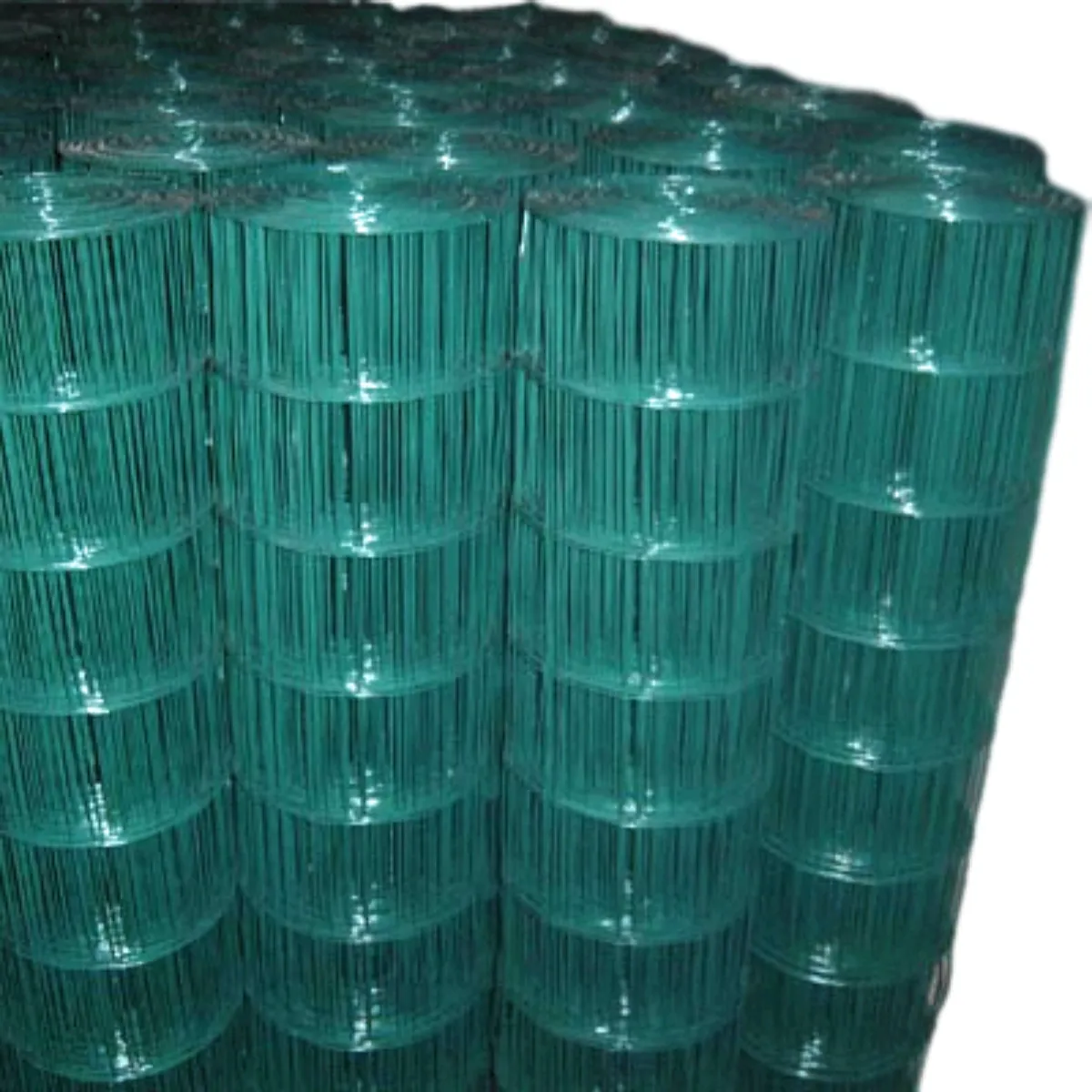
Environmental Considerations
Field wire fences are also a more environmentally friendly option. When constructed properly, they can enhance the landscape's aesthetics without disrupting the local ecosystem. Unlike solid panel fences that can obstruct wildlife movement, field wire fences allow for the passage of smaller animals while still keeping larger livestock contained. This aspect is crucial for maintaining the balance of the local wildlife population.
Moreover, field wire fences can be integrated into conservation efforts. For instance, they can be used to protect reforestation areas or sensitive habitats from livestock grazing, allowing for the recovery of native plant species. By carefully designing the layout and placement of these fences, landowners can contribute to biodiversity conservation.
Economic Value
From an economic standpoint, investing in field wire fences can be a cost-effective choice in the long run. Though the initial installation may require a significant investment, their durability and low maintenance cost can lead to substantial savings over time. Furthermore, well-managed livestock operations can result in increased productivity and efficiency, ultimately leading to greater profitability for farmers and ranchers.
Conclusion
In conclusion, field wire fences serve many purposes that extend far beyond mere containment. They ensure livestock safety, protect crops, promote better land management practices, and contribute to environmental sustainability. With their various advantages, it’s no wonder that field wire fences have become a staple in the agricultural landscape. For anyone involved in farming, ranching, or land management, understanding and utilizing field wire fences can be a game-changer, ensuring both productivity and sustainability in the long run.
-
The Role of Field Wire Fence in Grassland Conservation
NewsJul.15,2025
-
Stainless Steel Razor Wire Durability in Coastal Environments
NewsJul.15,2025
-
Enhancing Home Security with Mesh Fences
NewsJul.15,2025
-
Diamond Mesh Wire for Small Animal Enclosures
NewsJul.15,2025
-
Common Wire Nail Tensile Strength Testing for Woodworking
NewsJul.15,2025
-
Barbed Wire Corrosion Resistance Galvanization Techniques
NewsJul.15,2025

